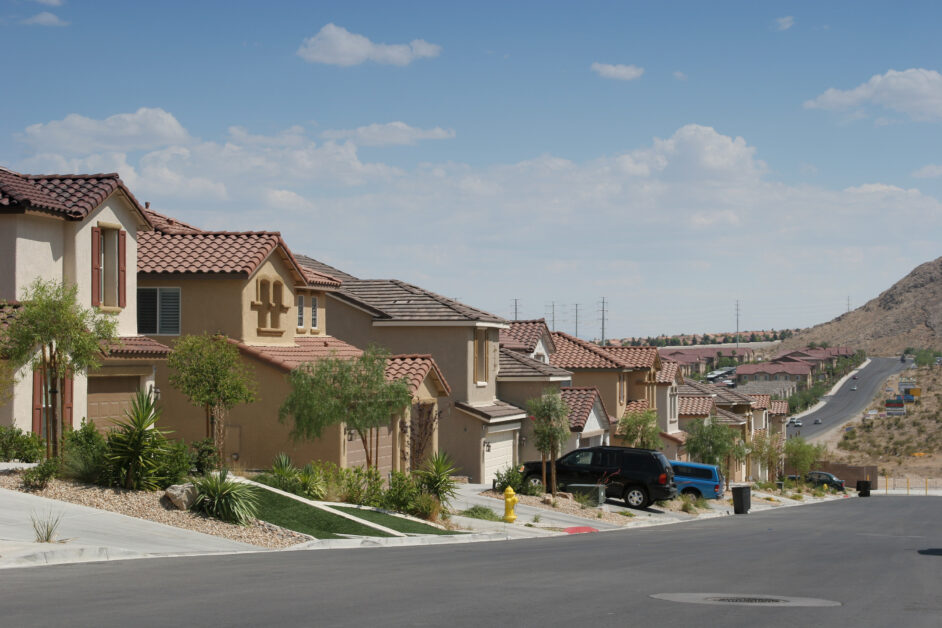Installing a water softener in your home is one of the smartest things a family can do. If your taps run hard water and it’s become all-too-noticeable, a home water softener can solve all those problems with dishes, laundry, scrubbing, and skincare at once. However, before you choose a water softening system and schedule your installation, many people have one extremely curious questions:
“Where does the water softener go?”
For most of the large utilities in your home, the house was designed with a special space for them. You may find your water heater in the utility closet next to the furnace and AC, or you may find each of these items placed in a different location in the home based on what is most efficient for the design. But where, exactly, do you put your water softener?
Today, we’re here to answer that question.
What Does Your Water Softener Location Need?
Every home is different, so the right location isn’t the same for everyone. Some homes have room in a highly convenient place like right next to the water heater, but not all do. There may be a good secondary place for your water softener or you may need to get a little creative. There are only four rules about where you put your water softener. Indoors or outdoors, it must be plugged into power and also needs to have access to the waterline and the ability to discharge through a drain.
- Indoors or Outdoors
- Water softeners are indoor or outdoor home appliances, like your water heater. While you can place your water softener outdoors, often homeowners choose the garage where it will be protected from rain and harsh weather.
- Near a Power Outlet
- Like all appliances, your water softener needs a power outlet. Extension cords are acceptable if necessary, provided it is of sufficient quality and safely secured from end to end.
- Near a Water Line
- Naturally, your water softener need to take in water from the mainline, then output water to the rest of your home to provide the benefit of whole-home water softening. Everything in line after the water softener will receive soft water. Any taps that access the main water line before the water softener will still run hard water.
- Near an Available Drain
- Water softeners need to occasionally rinse the softening medium, which means your water softener needs access to a drain. A floor drain is best but it can also run a drain line to a nearby drain for your washing machine, under a sing, and so on.
In the Basement Near Your Water Main
The best place to put a home water softening system is right next to your water main, wherever that might be. For multi-story homes, this is usually the basement but not necessarily. The key is actually to put your water softener “upstream” from everything else in the house so that all your pipes and appliances in the home benefit from the soft water and the lack of scale buildup. Having your water softener as close to the water main as possible is a great way to prevent clogs and protect every single tap and water-running appliance in the home from the detriments of hard water.
In the Utility Closet With the Water Heater
The next most common answer to where your water softener might go is right next to the water heater. It makes sense to pair these two appliances, as they both treat the water that then flows to everywhere else in the home. If there is room in your utility closet or your installation team can make room, then next to the water heater is a practical place for the water softener from an all-in-one maintenance standpoint.
Again, make sure your water softener is upstream from the water heater so that the heater is filling and then supplying hot softened water. This will significantly extend the life of your water heater as it will not constantly be building up extra sediment and internal scale from heating hard water in its tank.
In the Garage Where There’s Plenty of Room
The third most popular answer for water softening placement is in the garage. Garages are often a tertiary option for new large system appliances because there is plenty of room and most homes have garage space that they won’t need for cars or bicycles or box storage. This means your water softening system can do its work and supply soft water to almost every pipe in the house and certainly every faucet with simple divert of the cold water system to the water softener and then back out into the house near the water main.
In the Laundry Room Next to the Machines
Another good backup place for your water softener is near the washing machines. If you have some extra space next to the washer/dryer, the laundry room has everything a water softener needs. Not only is there access to power, but there is also a nearby water line and a drain available for the washer. This makes the laundry room a great place to put your water softener if there is no better out-of-the-way place for it.
If your home is running hard water, installing a soft water system can make a huge difference to the lifespan of your appliances and to your health and happiness living in the home. With a water softener, you can say goodbye to scrubbing scale off your faucets, seeing spots on your dishes, or that unpleasant dry feeling after stepping out of the shower. Here at EcoWater Systems Las Vegas, we can help you not only choose your water softener, but also place it in the best spot in your home for water quality and future maintenance needs. For more information about water softeners, choosing the right one, and installing in the perfect place for your home, contact us today! We look forward to hearing from you.

